A lush green lawn is the dream of every gardener, lawn owner, and homeowner. Not only does a great lawn makes your home look pretty, but it also provides a spot for recreational activities such as picnics, outdoor parties, and barbecues. However, lush green lawns don’t just happen. You have to put in hours of hard work and your hard-earned money to create and maintain a lush green lawn. In this article, let’s discuss about St Augustine Grass Vs Bermuda Grass.
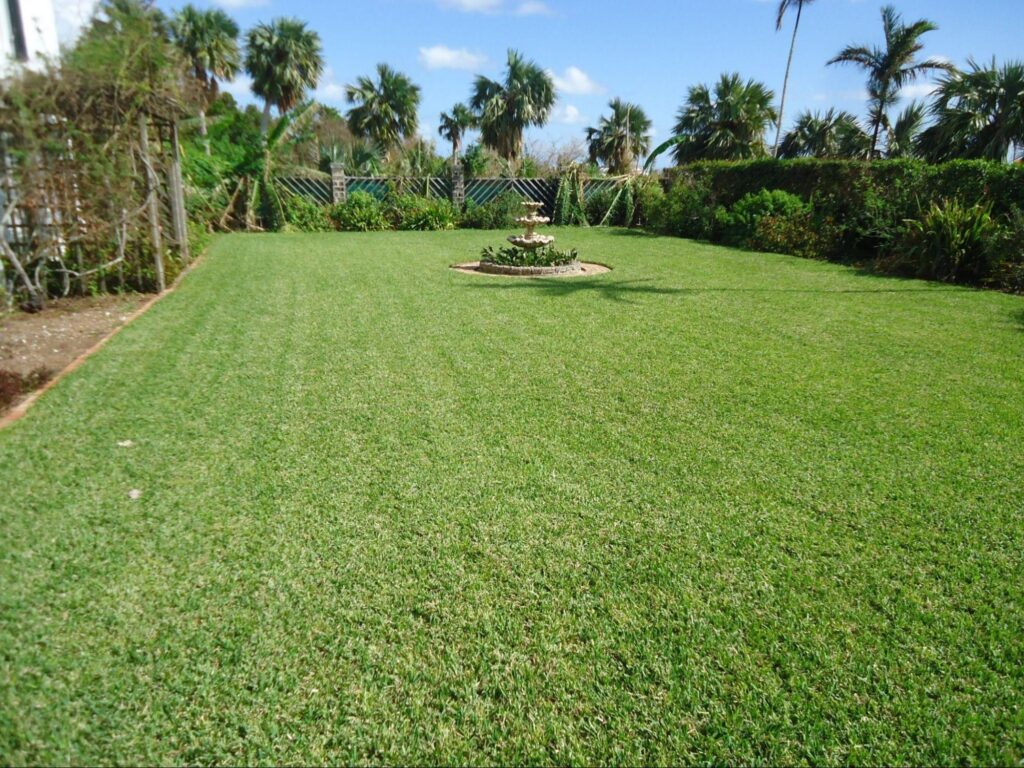
A Bermuda lawn is more tolerant to heavy foot traffic than a St. Augustine lawn.
The amount of maintenance a lawn needs relies heavily on the grass used. Saint Augustine grass and Bermuda grass are two of the most common lawn grasses used in lawns throughout the country. However, each one has its own set of pros, cons, and requirements. Knowing these facts will help you choose the best lawn grass for yourself.
Both St. Augustine and Bermuda grass are warm-season grasses. In warm-season grass areas, some people mix these two types of grass while others seed or sod St. Augustine and Bermuda grass individually. These grass species are used extensively in gardens, lawns, roadsides, golf courses, and other turf areas.
Depending on your lawn requirements, one of these grass types, i.e., St. Augustine and Bermuda grass, might be better than the other. Read our article to find the similarities and differences between Bermuda grass and St. Augustine grass. We will also tell you about the situations and environments in which one might do better than the other. Happy Reading!
Bermuda grass
Bermuda grass is a low-growing perennial grass. It is very popular as turfgrass because of its fine leaves and longer season of green color leaves. It is used extensively in the southern regions of the United States and some transition zone areas.
Many hybrids of Bermuda grass have been developed over the years, which, interestingly, do not produce grass seed.Bermuda grass does not do well in cool weather conditions. However, it can tolerate extreme drought and heat conditions.
Also, it is very hardy and sturdy. It can withstand anything, no matter what you do on your lawn, run your pets, let your kids play, or arrange family gatherings.
RELATED: Why Is My St. Augustine Grass Turning Yellow | Possible Causes & Easy Fixes
Bermuda grass pictures
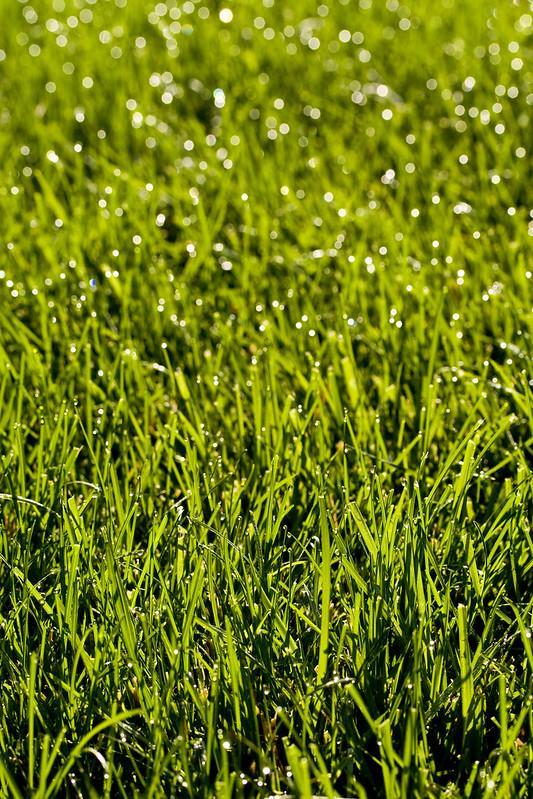
Frequent mowing can help you build a thicker Bermuda turf.
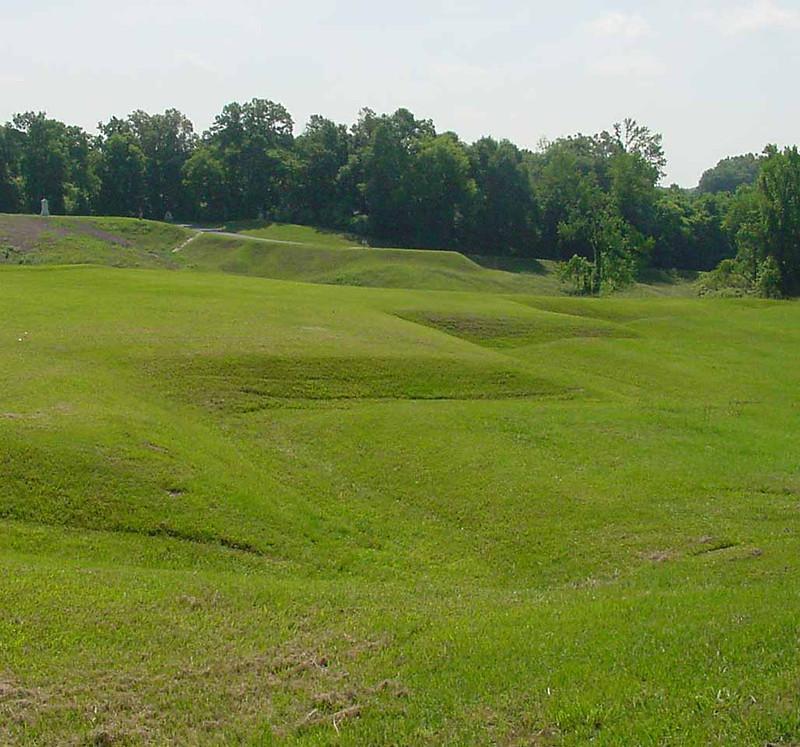
Bermuda grass can tolerate hot weather in summer without frequent watering.
Augustine Grass St.
St. Augustine grass is another warm-season grass popular in the southern regions of the United States. It has the least cold tolerance of any warm-season grasses. It spreads quickly and can be planted as sprigs, sod, and plugs. St. Augustine grass forms a thick carpet-like turf and is good at competing against unwanted weeds.
St. Augustine grass is not very drought tolerant, and its traffic tolerance is also considerably lower than the Bermuda grass. However, you will definitely appreciate St. Augustine grass because it does not require regular mowing. So, ensuring the healthy growth of St. Augustine grass will be much easier even with less mowing.
St. Augustine grass pictures
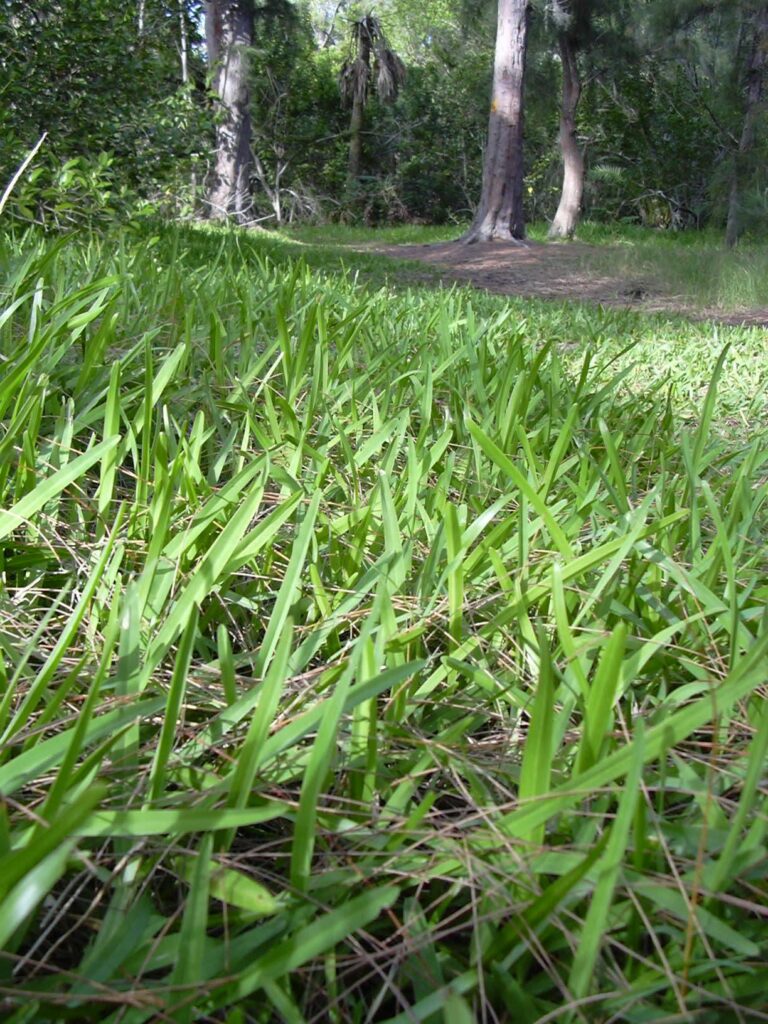
St. Augustine grass thrives best in coastal regions.
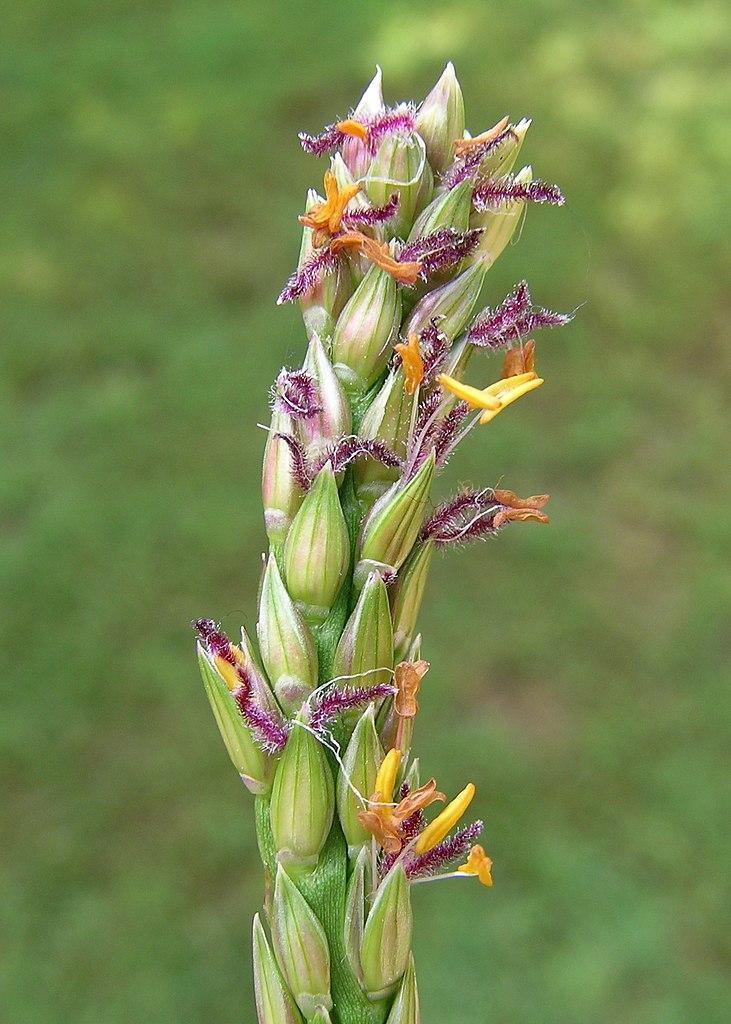
The seed head of St. Augustine grass.
Bermuda grass and St. Augustine grass Identification and Quick Facts
| Bermuda grass | St. Augustine grass | |
| Scientific name | Cynodon dactylon | Stenotaphrum secundatum |
| Other names | Scutch grass, Couch grass, Wiregrass, Deil’s grass, Bahama’s grass, Dubbo | Buffalo grass, Charleston grass, Quick grass, Mission grass, Carpet grass |
| Type | Perennial | Perennial |
| Size | 4 to 12 inches tall | 6 to 12 inches tall |
| Leaves | – It has short flat leaves – Leaves are medium green with a rounded tip | – Leaf-blades are broad and have a coarse texture – Leaves are a dark blue-green color |
| Stem | – Stems are upright – Stems are creeping, which allows it to make a thick and dense turf | – Stem is round, and prostate – Stem at nodes actively give rise to new plants |
| Roots | – Root system is fibrous with deep rhizomes | – Root system is usually shallow |
RELATED: St. Augustine Grass Diseases And Problems | What’s Wrong With My St. Augustine?
Bermuda grass vs. St. Augustine grass
Now that we know a little bit about both grass types, let’s take a look at some of the differences between St. Augustine grass and Bermuda grass in more detail:
Sun Requirements

St. Augustine grass can even thrive in areas with no direct sunlight.
All plants, including grasses, need sunlight to produce food and energy. However, some grasses can tolerate shade more than other grasses.
In the case of Bermuda grass, it requires full sun or direct sunlight to reach its optimal growth. Shade or dappled sunlight inhibits its growth. So, if you live in an area with tall buildings all around or are planning to grow grass under trees, you might want to avoid Bermuda grass.
On the other hand, St. Augustine grass is not much dependent on full sun. It can thrive even with four to five hours of sunlight in a day. Therefore, lawn owners prefer St. Augustine grass all over the United States in areas where direct sunlight is unavailable. If you are also looking for shade-tolerant grass, you can check this guide as well.
Soil Requirements
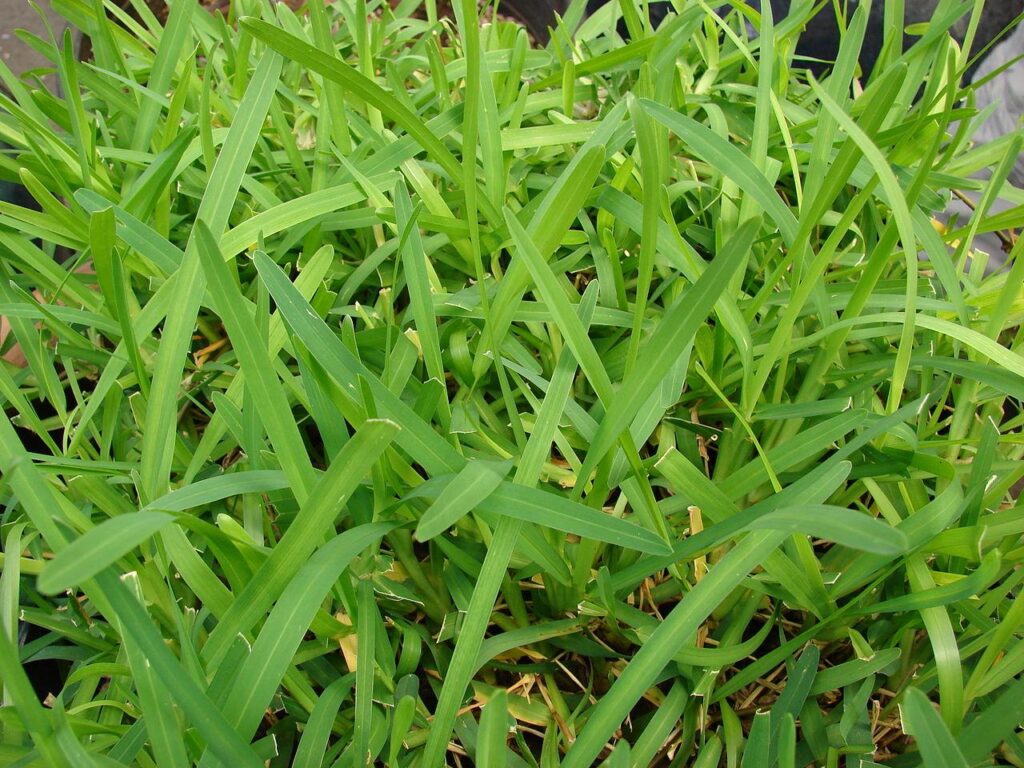
The growth of St. Augustine grass is severely affected by soil deficient in iron sulfate.
If you are starting a new lawn, it is always best to get a soil test. A soil test can help you determine the fertilizer needs of your yard and what type of grass seed or sod you should plant in your lawn. For instance, it is challenging to grow St. Augustine grass in soil with low iron chelate or iron sulfate.
Similarly, Bermuda grass needs nitrogen-rich soil to show its best growth. Additionally, St. Augustine grass needs a pH of around 5.0 to 8.5 and does not thrive in waterlogged or compacted soil conditions. In contrast, Bermuda grass requires a pH of approximately 5.8 and 7.0, and it is not too fussy about the soil types or conditions.
Water Requirements
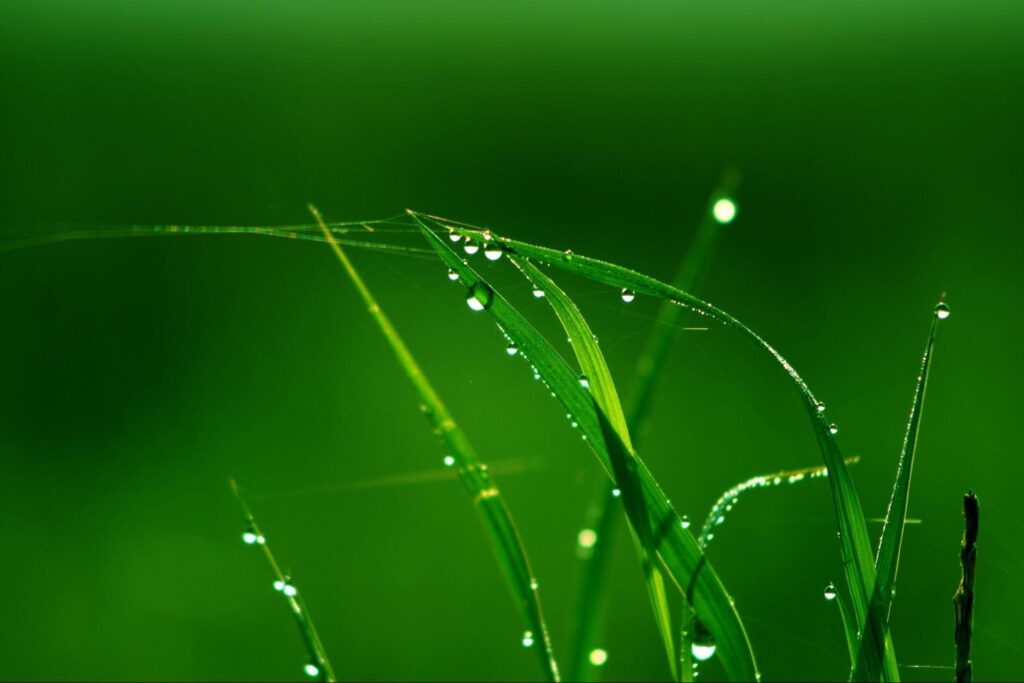
St. Augustine requires twice as much water as the Bermuda grass.
Bermuda grass is highly drought-resistant and does not need excessive watering. It can survive even during the summer if you water it two to three days per week.
You do not even need to water Bermuda grass in winter as it goes dormant. However, if you see a brown patch of Bermuda grass in your lawn, it is time to water your lawn grass.
On the other hand, St. Augustine requires twice as much water as the Bermuda grass. It can only survive for around five days in hot weather conditions at most. During the growing season, you might have to water regularly. If you want your grass to spread quickly, you will have to water it four to five times per week.
Mowing Requirements
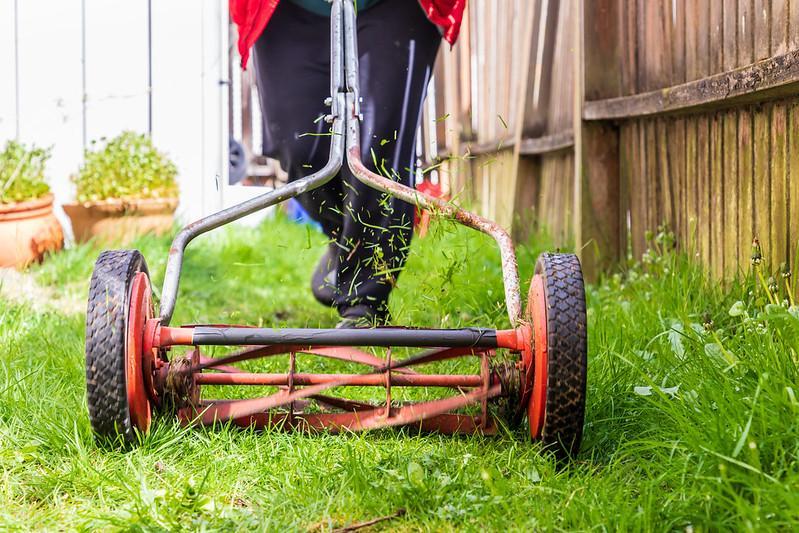
Bermuda lawn needs more regular maintenance than a St. Augustine lawn.
The mowing requirements or maintenance needs vary between these two lawn grass types. Compared to St. Augustine grass, Bermuda grass needs a little more maintenance when it comes to mowing. This is because Bermuda spreads relatively quickly. For best growth, you will need to set a lower mowing height, around 1/2 to 11/2 inches.
St. Augustine grass, on the other hand, also needs regular maintenance. However, its mowing needs are much less than the Bermuda grass. You can set the mowing height to around three to four inches and mow the lawn grass about once every one or two weeks.
Weed tolerance
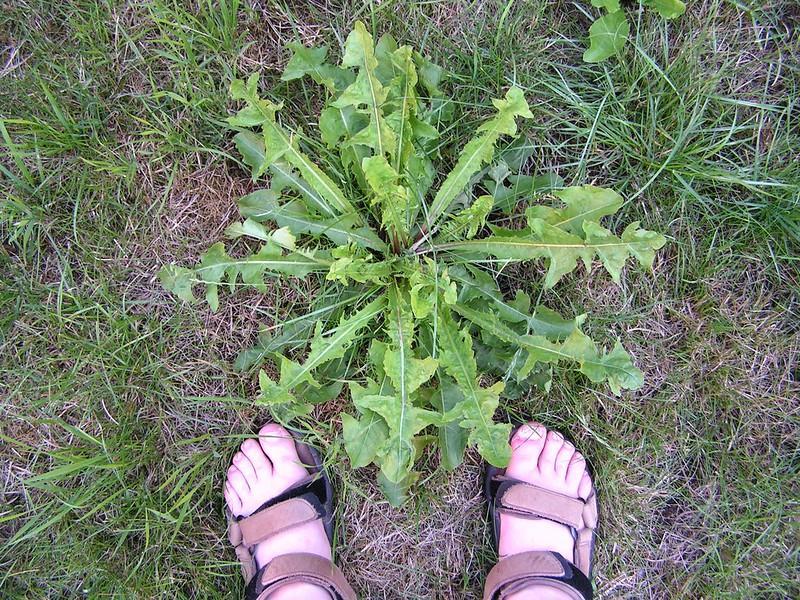
Both Bermuda and St. Augustine grass have excellent weed tolerance.
Both Bermuda and St. Augustine grass have exceptional weed tolerance. They both form a thick turf, choking out most of the weeds. So, if you live in an area with frequent weed infestations, planting one of these lawn grasses could help you tackle the problem.
Also, apply fertilizer during the peak growing season to ensure that your lawn grass makes a dense turf. As compared to Bermuda, St. Augustine grass requires more frequent fertilization.
In some cases, Bermuda grass in itself can become a weed. It spreads rather quickly and covers entire flower beds if not controlled.
RELATED: Dethatching St. Augustine Grass: A Complete Step By Step Guide
Differences Table | St. Augustine grass vs. Bermuda grass
| Bermuda grass | St. Augustine grass |
| Extremely tolerant to stress and foot traffic | Does not do well under stress and heavy foot traffic |
| Bermuda lawn is easier to establish and maintain with frequent mowing | Expensive to maintain because of high water and fertilization requirements |
| Does not do well in shade | Has moderate shade tolerance |
| The best way to establish a Bermuda lawn is to use grass seed | A St. Augustine lawn is best established using grass sod |
| Bermuda is a very drought-resistant grass | Requires more watering than average grasses |
| Somewhat cold-tolerant | Least cold-tolerant of all warm-season grasses |
| Can be invasive | Prone to fungal diseases such as gray leaf spot disease |
Bermuda grass vs. St. Augustine grass | Which one should you choose?
The best choice will depend on several factors, including the soil type, climate of the region, and the things you will use your lawn for. Both Bermuda and St. Augustine are excellent turf grasses with slightly different requirements. Read the article above to learn about the specifics.
Frequently Asked Questions (FAQs)
Will St. Augustine grass overtake Bermuda grass?
The answer can be yes, no, and maybe. It all depends on the type of soil, climate conditions, and lawn maintenance.
For example, St. Augustine grass thrives much better in sandy soils than Bermuda grass. On the other hand, Bermuda grass is much more tolerant to hot climates. It will survive dry and drought conditions better than the St. Augustine grass.
Can I mix Bermuda and St. Augustine grass?
Yes, you can. Both of these lawn grasses mix well with each other. Bermuda grass seed is less expensive, and it spreads quickly in your lawn. In contrast, St. Augustine grass has fewer mowing requirements. Together they can create a dense turf.
How can you tell the difference between St. Augustine grass and Bermuda grass?
It’s easy. St. Augustine grass has broad leaves with dark green or blue color. In contrast, the leaves of Bermuda grass are medium green in color.
Sources for Further Reading
St. Augustinegrass Yearly Maintenance Program. (2022). Retrieved 17 April 2022, from https://hgic.clemson.edu/factsheet/st-augustinegrass-maintenance-calendar/
Bermudagrass Yearly Maintenance Program. (2022). Retrieved 17 April 2022, from https://hgic.clemson.edu/factsheet/bermudagrass-maintenance-calendar/
Which Type of Grass Is Best for My Lawn? – Cooperative Extension: Garden & Yard – University of Maine Cooperative Extension. (2022). Retrieved 17 April 2022, from https://extension.umaine.edu/gardening/manual/type-grass-best-lawn/
Editor’s Recommendations
St. Augustine Grass Vs. Bermuda Grass, what do you prefer? Check out out other articles:
What Is The Best Mowing Season, Height & Frequency For Bermuda Grass?
Kentucky Bluegrass For Lawns: Is It Any Good? A Comprehensive Guide
How To Plant And Grow A New Zoysia Grass Lawn? Super Smart Tips & Tricks







